Another Battery Fire Accident, What Is the Truth about E-bike Fires?

For nearly two centuries, the bike has been popular with people all over the world. In recent years, the latest version of bicycles - the electric bike - has become popular again globally, thanks to its electric motor, environmental features, and various advanced functions. However, on the other hand, new technologies also bring new challenges, among which the primary one is the issue of electric bike battery fires.
New York Battery Fire incident
An fire in an apartment in Queens, New York, last week killed two people, according to a New York media report. A father and his five children were at home when a sudden explosion and fire surrounded them. Neighbor Teddy Alafogiannis said he heard someone calling and was ready to rush into the house to save them, but just as he opened the door, the fire hit Alafogiannis in the face.
The fire was spreading fast in the second floor apartment, and Alafogiannis didn't give up. He eventually worked with two other neighbors to rescue the father and three children who were in the fire, all four of whom suffered some minor injuries. Unfortunately, however, a 19-year-old girl and a 7-year-old boy were not able to escape the fire.
After the rescue, the fire was caused by an exploding lithium-ion battery in an electric bicycle, according to the New York Fire Department chief. In fact, so far this year, there have been several fires caused by e-bike batteries in Queens alone.
Earlier, a fire ripped through a daycare center in Queens. More than a dozen children were injured, including one child in serious condition.
The fire occurred Wednesday afternoon in the basement daycare of a duplex on the corner of 72nd Avenue near 147th Street in Kew Gardens Hills, according to the New York Times. The building department said the day care center operated in the basement of the townhouse, which also housed a dental lab.
A total of 18 children were rescued from this fire, with 1 child being transported to the hospital in a more critical condition. A further 17 children were treated at the scene for injuries that were considered to be minor. The children's parents later arrived at the scene to pick them up and take them home.
The cause of the fire is under investigation by the fire marshal's office, but the department says the fire may have been related to the lithium-ion batteries in the electric bikes in the basement.
What are the causes of e-bike battery fires?
The frequent fires have also raised concerns about the safety of electric bicycles. To solve the problem, we must first find the cause of electric fat tire bicycle battery fires.
In fact, the vast majority of lithium batteries are safe. Lithium batteries are generally safe and unlikely to fail, provided they are not defective and the batteries are not damaged or abused, said Steve Kerber, vice president and executive director of Underwriters Laboratories (UL) Fire Safety Research Institute (FSRI). As a result, most battery fires are caused by the purchase of substandard products or incorrect handling. The following are some common causes:
- Purchase a substandard product: There is no doubt that e-bikes are expanding at a tremendous rate right now, and people can easily obtain cheap adult electric bikes for a few hundred dollars over the Internet. But these models often do not meet UL2849 safety standards. Many of them use poor quality batteries, informal chargers and other products that are more prone to spontaneous combustion. As the batteries get older, the internal wiring is prone to short-circuiting and spontaneous combustion.
- Users mix the chargers: resulting in current and voltage mismatch, and charging is not possible. But the charger still continues to work, constantly heating up and heating, and eventually catch fire. The use of chargers that do not match the original battery can easily cause electrical failure.
- Battery is out of water: When the battery is out of water, the battery is not charged up to the corresponding voltage, and the charger cannot determine whether the battery is fully charged or overcharged.
- Battery thermal runaway: This should be the primary cause of most electric bike fire accidents. Crashes, immersion and aging can all lead to short circuits, which in turn can lead to thermal runaway batteries. In this scenario, one of the bike's lithium-ion batteries overheats, igniting other adjacent batteries. This chemical fire is toxic and difficult to extinguish. Firefighters need to rely on special fire retardants to contain them.
- A short circuit in the wiring starts a fire: The likelihood of this occurring is extremely low, but it is not impossible to say that it is not possible. The way to prevent a short in the wire when charging is to use a qualified wire and make sure the wire is thick enough.
Overcharging is also the cause of fire. This can easily lead to insufficient electrical capacity, circuit overload and thus cause a fire. Charging time should not exceed 12 hours.
Users bring electric folding bicycle into the elevator, indoor, building and other non-ventilated places to charge, so that the charger, battery temperature continues to heat up without relief, will also cause high temperature spontaneous combustion.
Safety reminder from HiPEAK
Paul Chris is an e-bike user in New York. He just purchased a BONA folding e-bike from HiPEAK three months ago. This electric fat tire bike folds up very easily for storage and transportation, and is fun to ride. But the recent news of the fire left Chris with some doubts, so he contacted HiPEAK and got a response and a reminder from the company about the safety of e-bike batteries:
Not all e-bike companies are using the same batteries. Most risks regarding lithium batteries are caused by the use of inferior batteries and misuse. HiPEAK BONA Fat Tire e-bike batteries are protected against deep discharge, overload, overheating and short circuits by special battery protection devices. When a fault occurs, the protection circuit automatically shuts down the battery pack.
Control the charging temperature of the battery and do not connect the battery pack to the charger until the allowable charging temperature is reached. The best environment for charging is a room and dry space with temperatures between 50 °F - 77 °F (10 °C - 25 °C). Be careful not to charge HiPEAK BONA with a charger other than the one provided with HiPEAK Bike. And when using HiPEAK's charger, make sure there are no flammable objects, dust, debris or water on or near it. After the battery is fully charged, disconnect it promptly.
Proper maintenance and storage are also key to keeping your battery safe. HiPEAK provides each user with a user manual, so before and during use, be aware of all the safety requirements associated with folding electric bikes, including but not limited to these: do not leave the battery unattended while charging; do not charge or store the device in a location that obstructs access; do not attempt to repair the battery yourself.
Do not charge the battery if it is found to be damaged, overheated, leaking, smelly, or discolored. Always check the charger cable and plug before use and stop using the charger if you find any damage. At this time, it is safest to purchase a new battery, HiPEAK official can provide users with a separate brand new battery purchase service.
Conclusion
It is undeniable that with the great popularity of electric bikes, safety issue such as battery fires have plagued some people. But a careful analysis of these accidents shows that they are almost always caused by people buying inferior products and operating the batteries incorrectly. The best way to reduce fires and other accidents for average user is to buy products from regular e-bike companies like HiPEAK, which have years of experience in the technology, and to learn how to avoid human error.

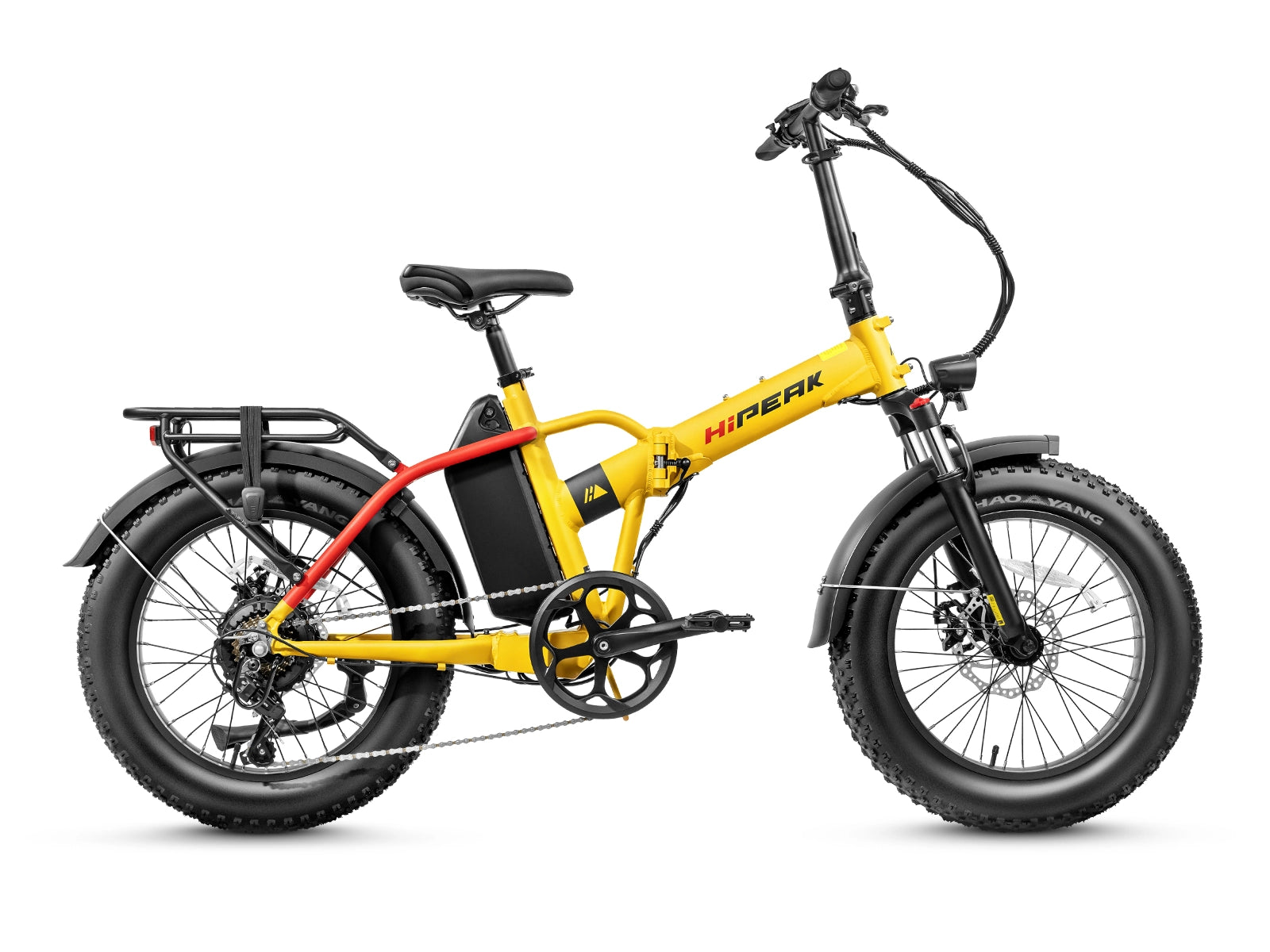
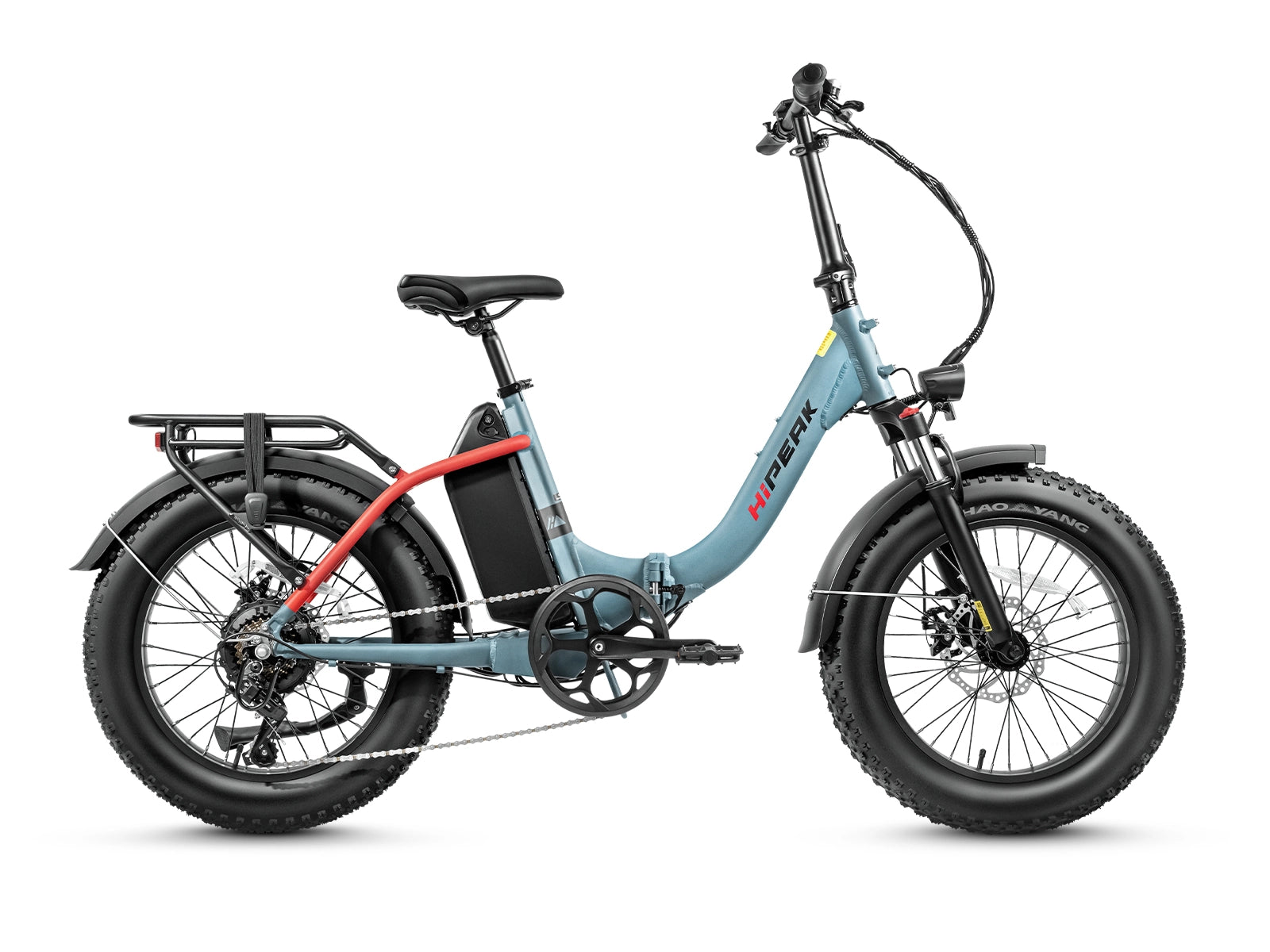
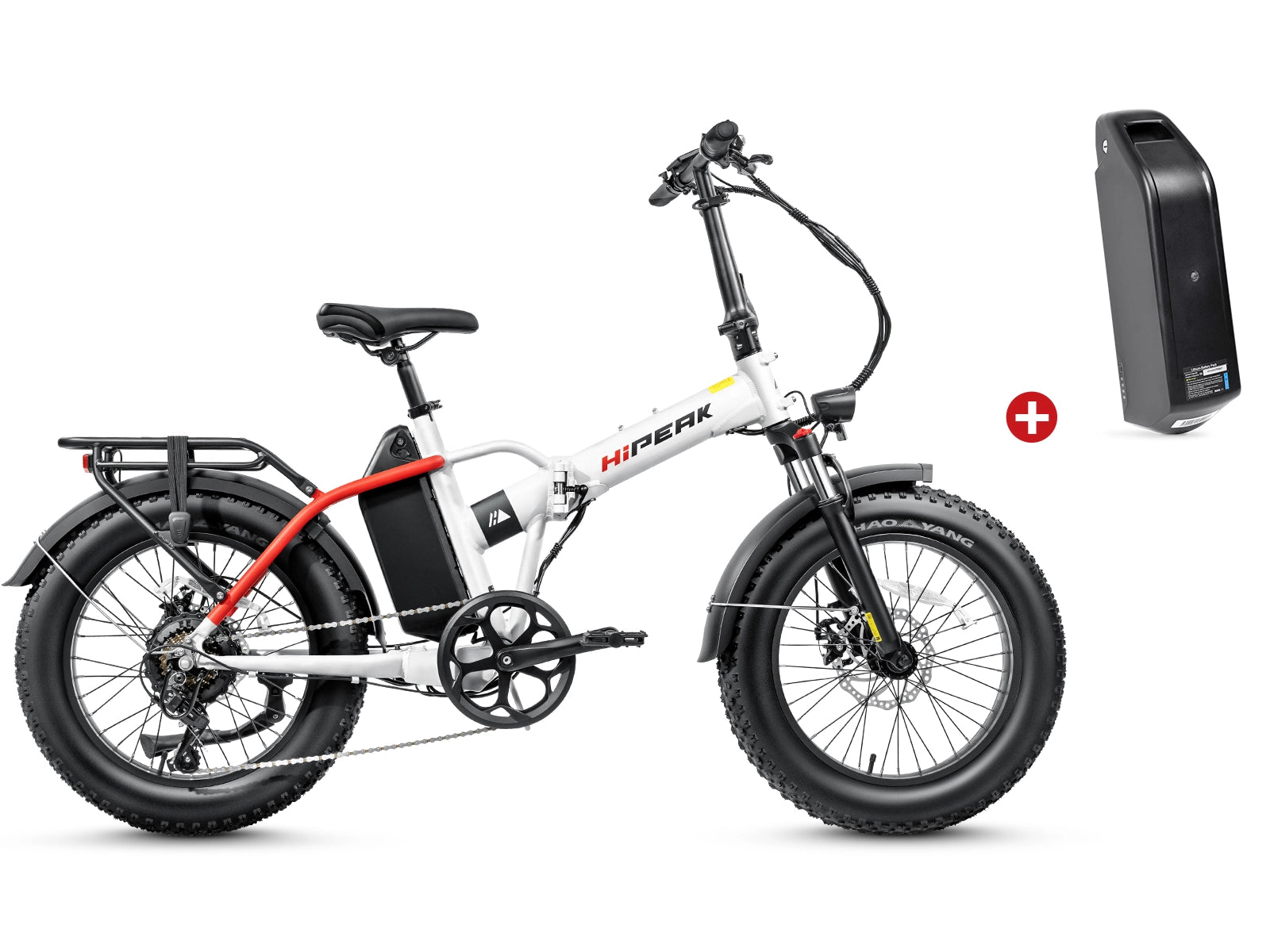
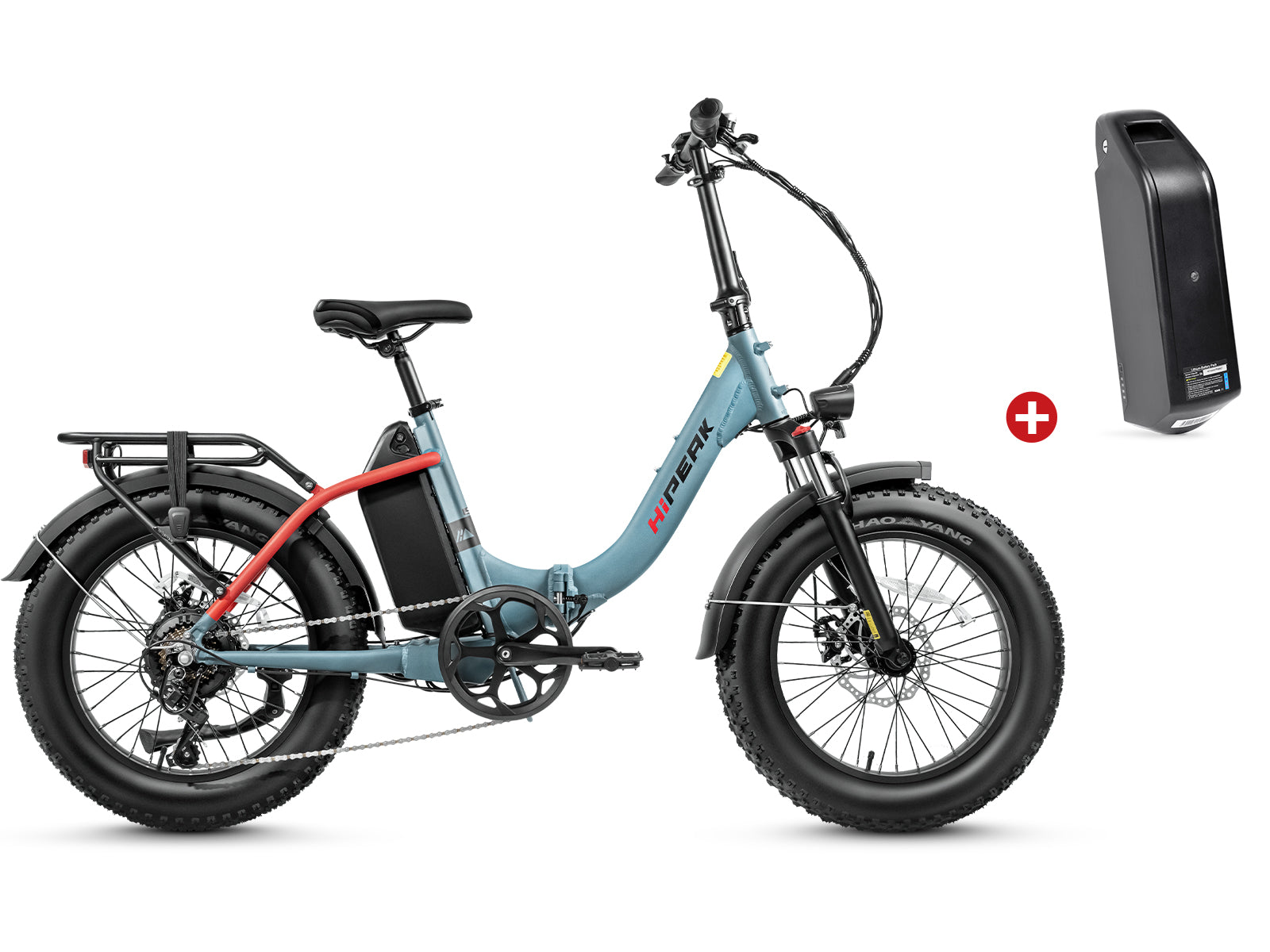
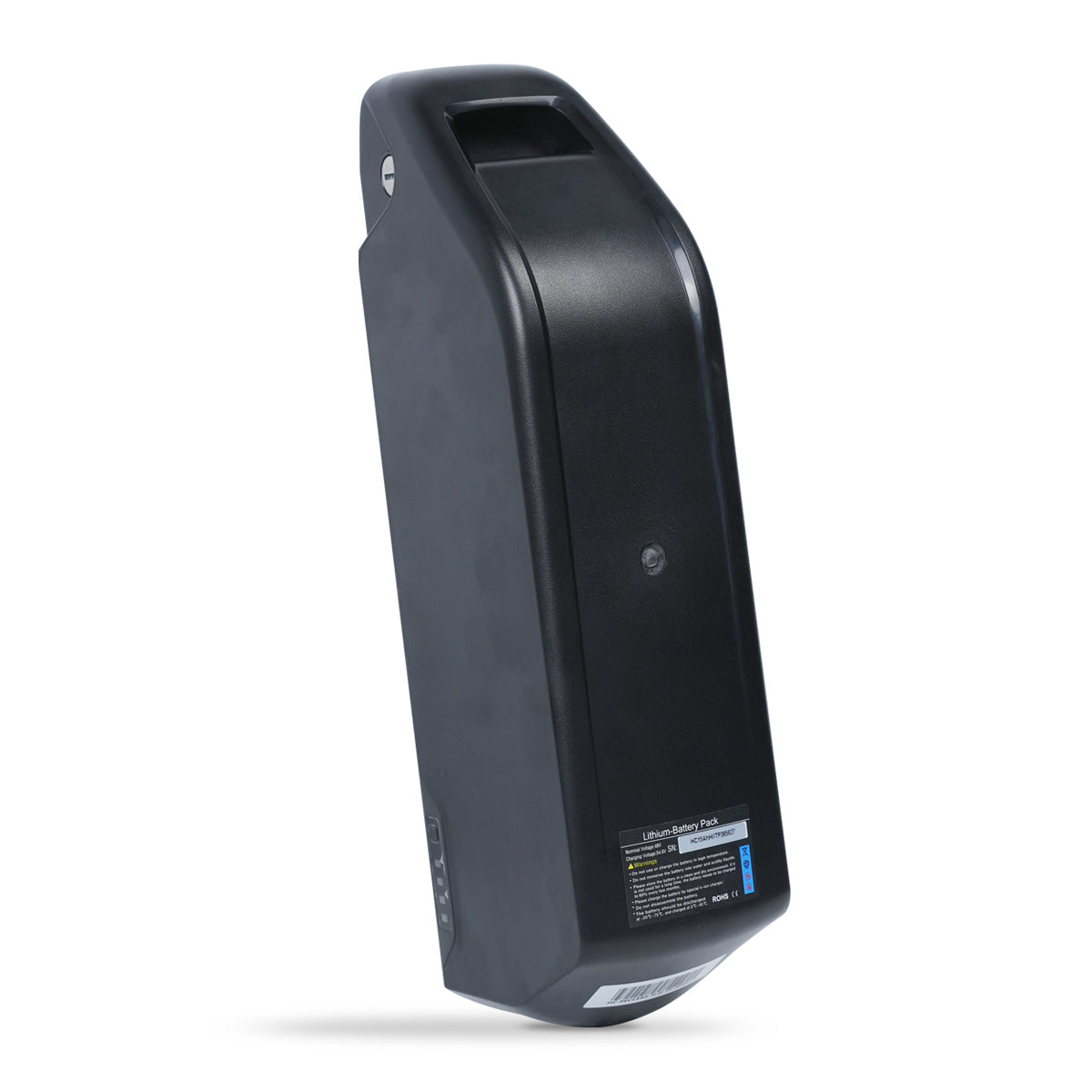
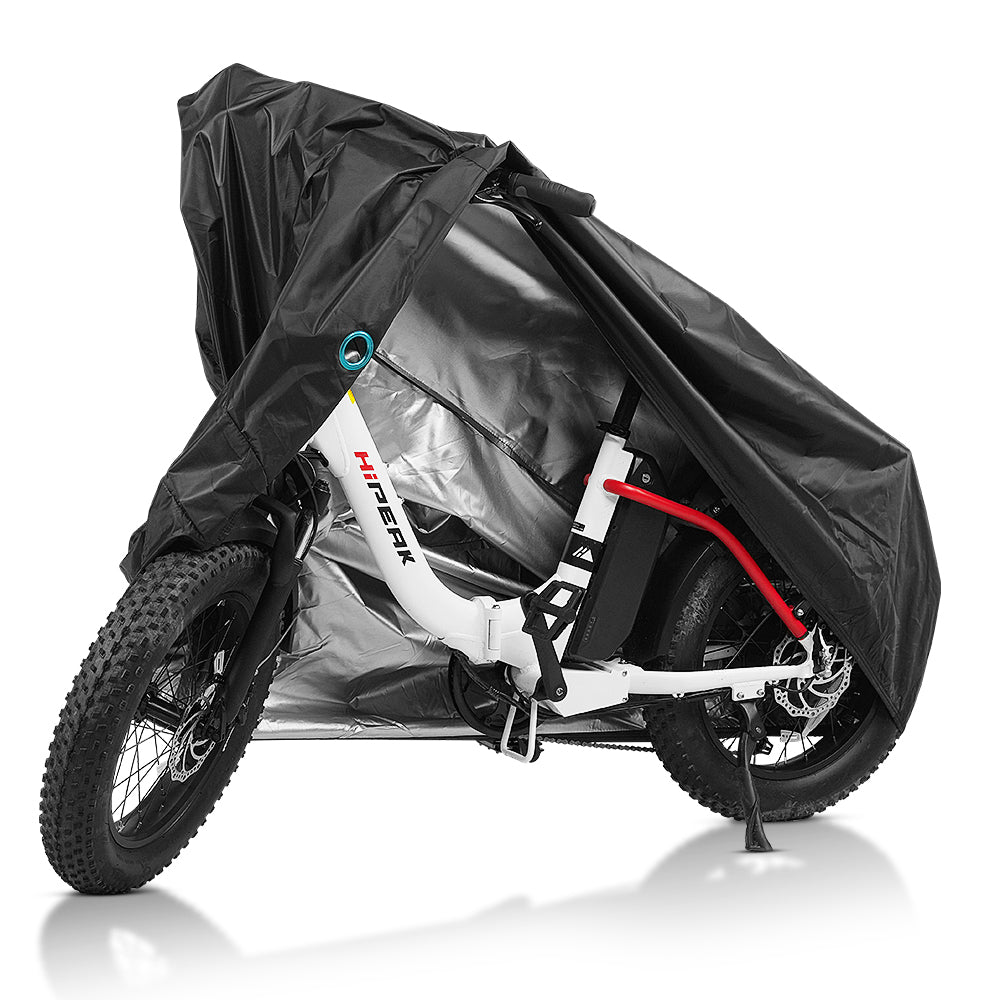
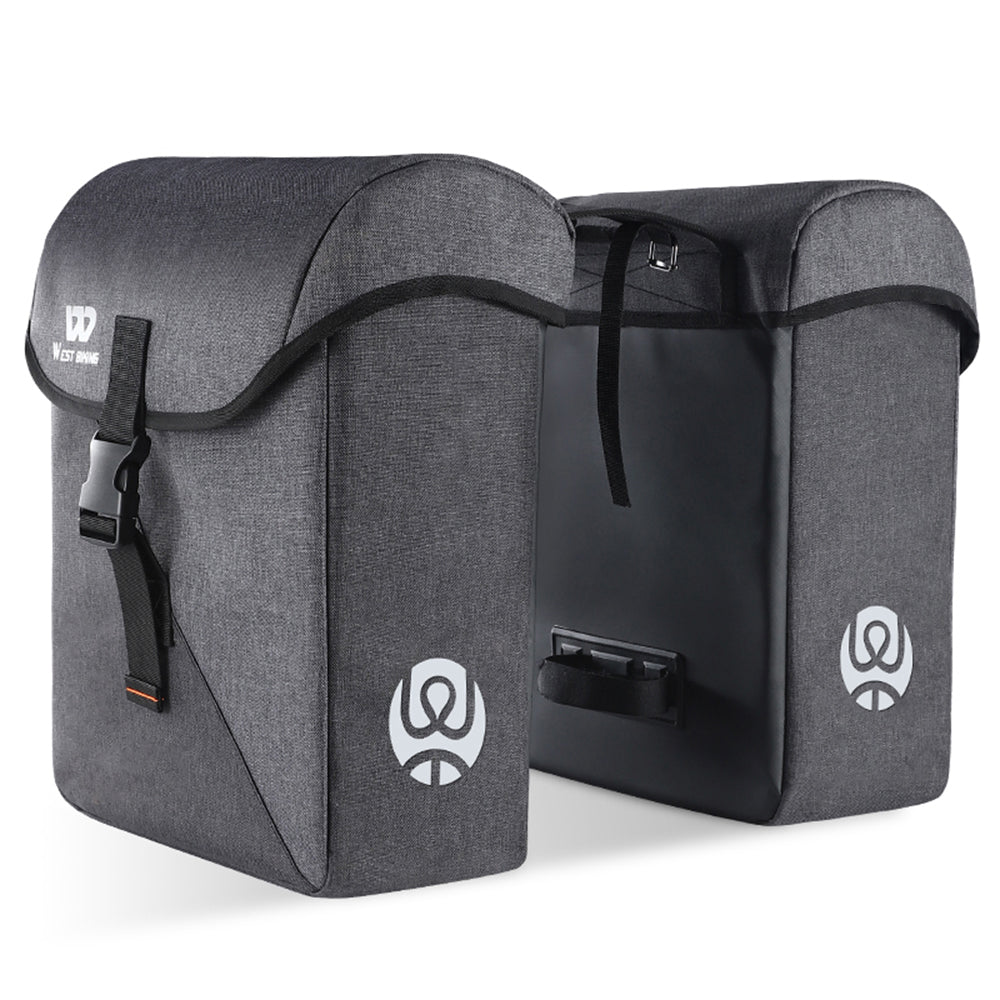
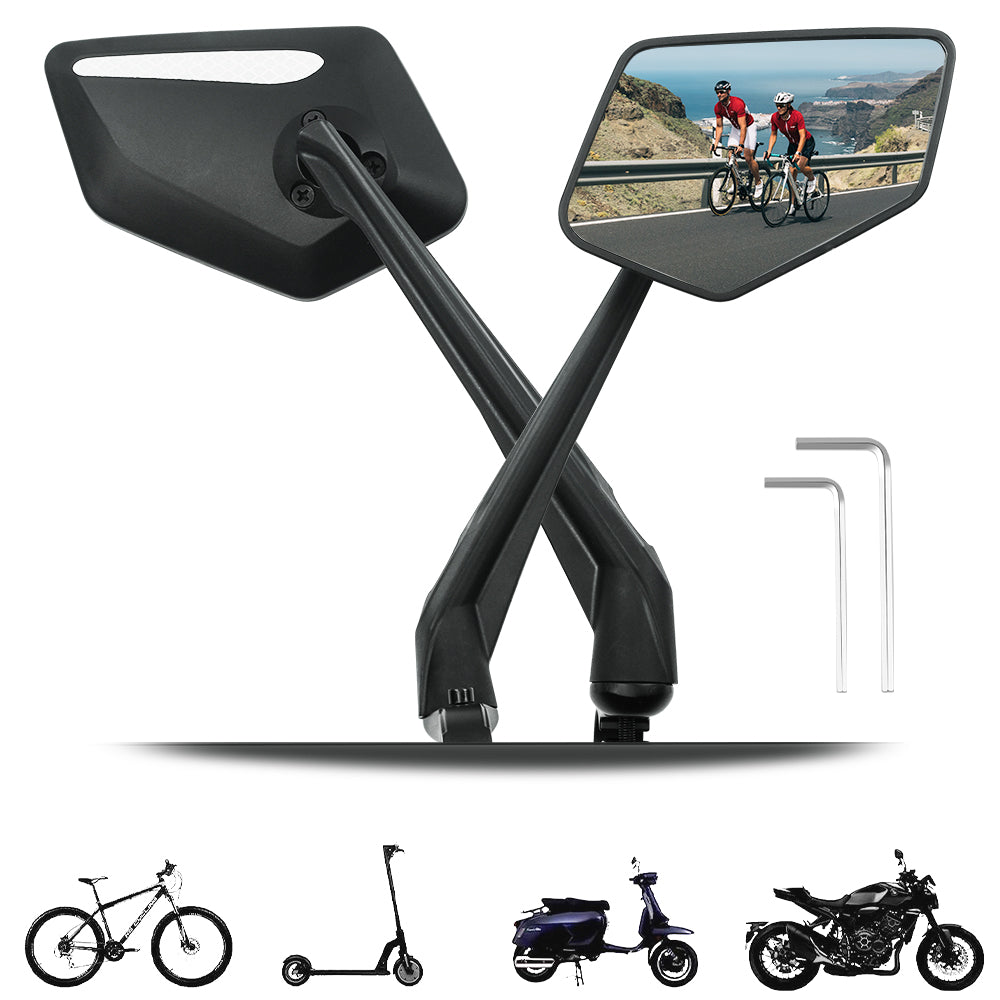
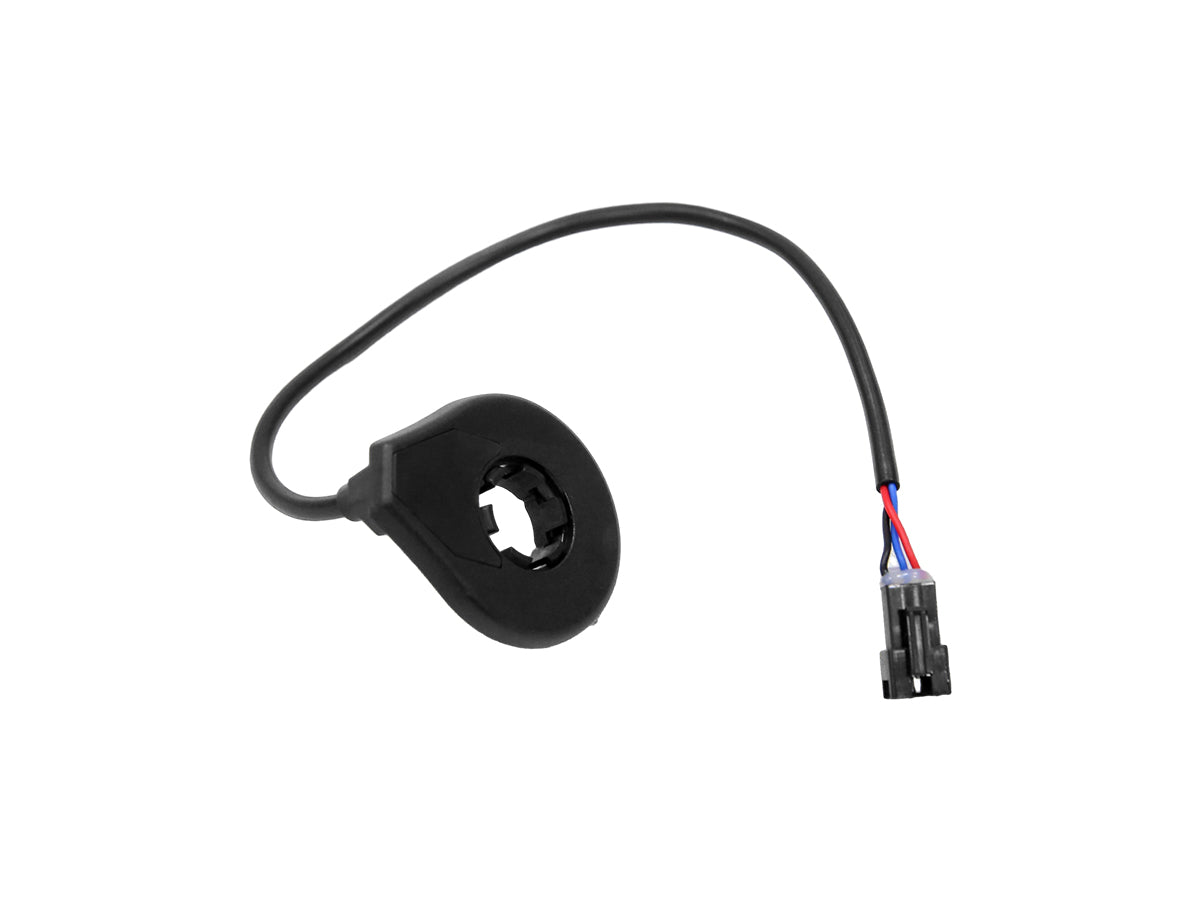
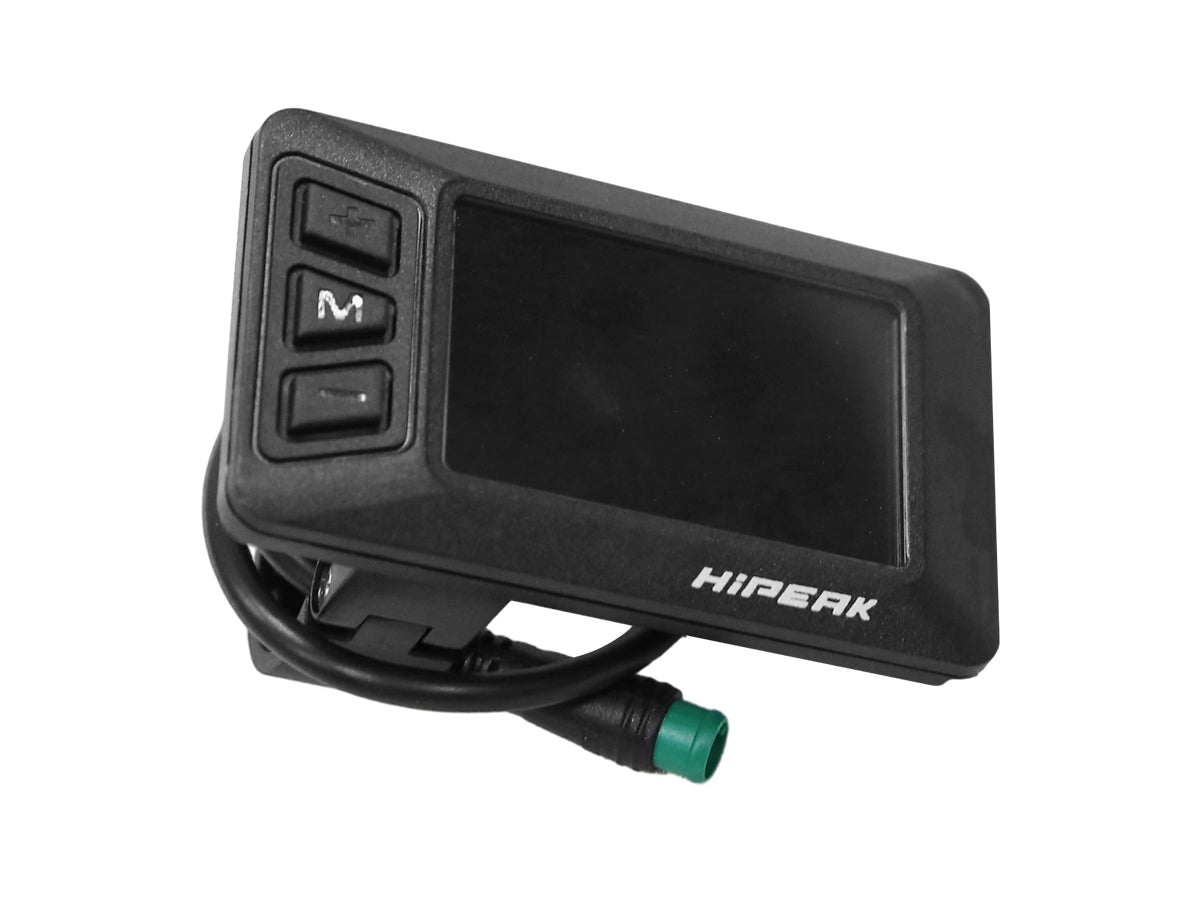
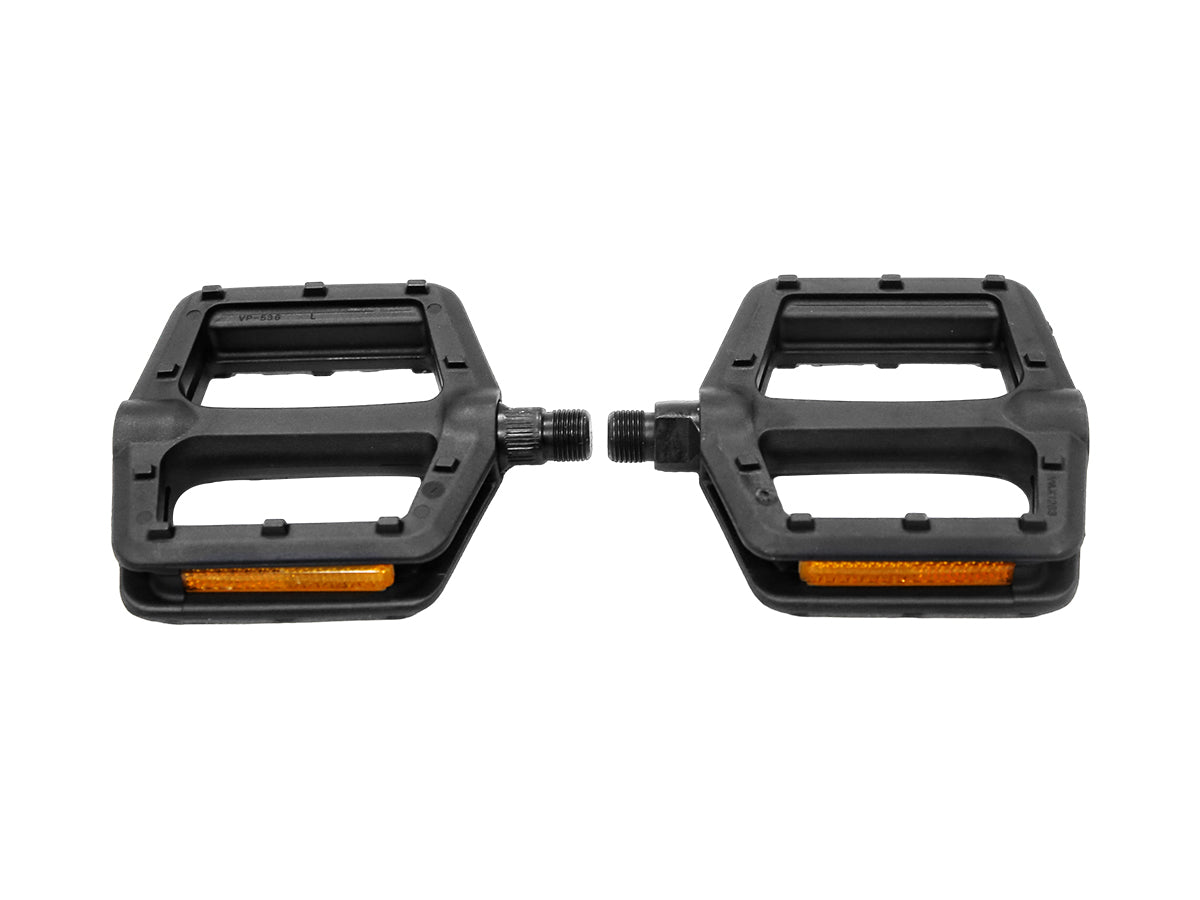
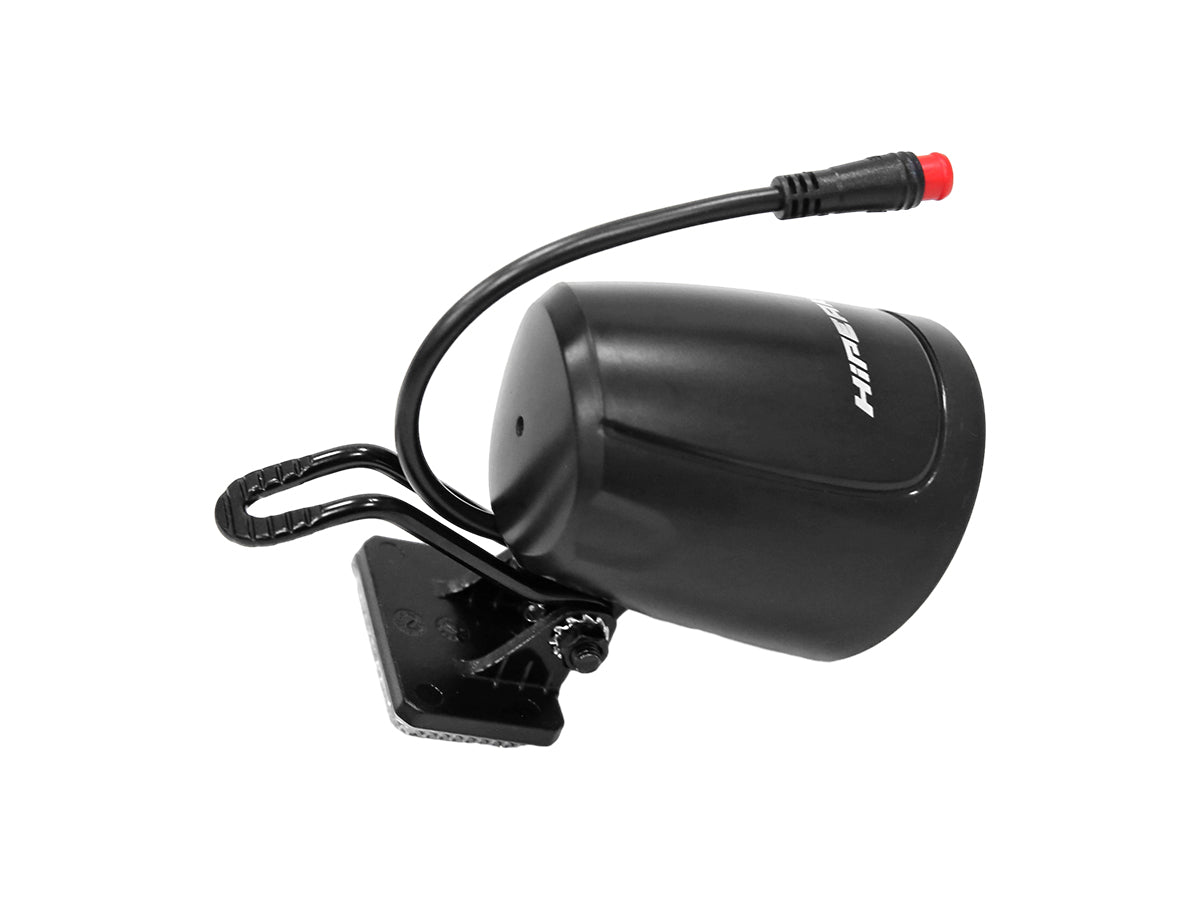








Leave a comment